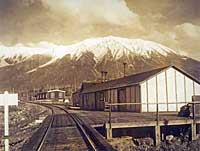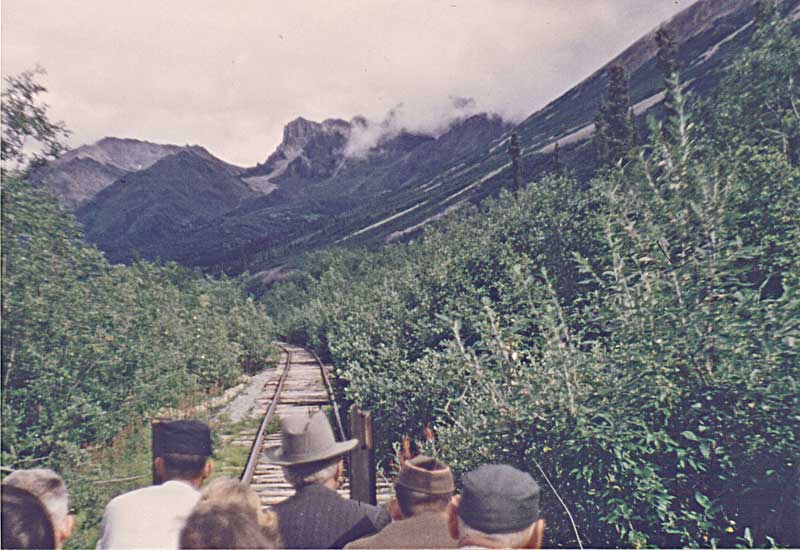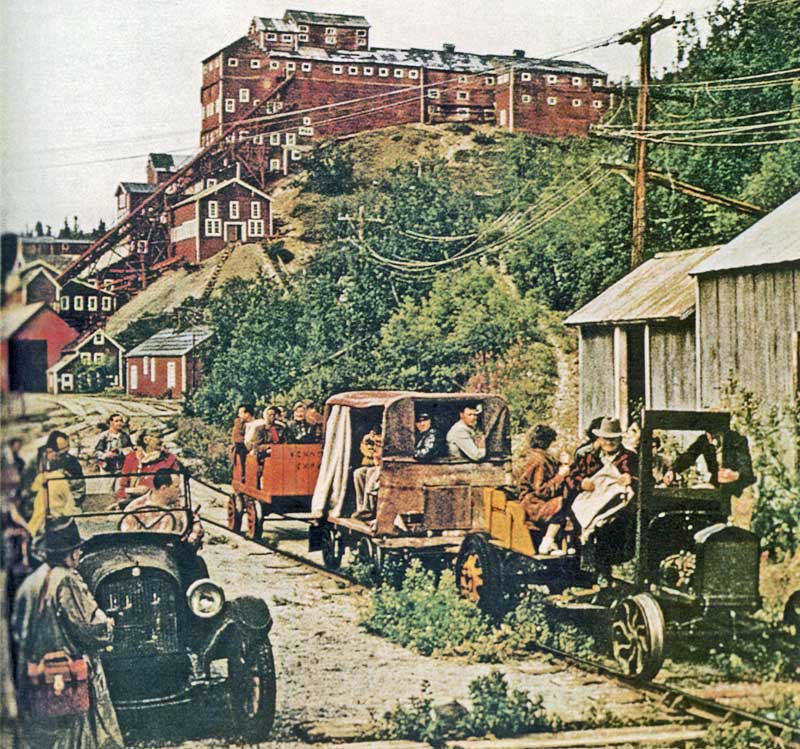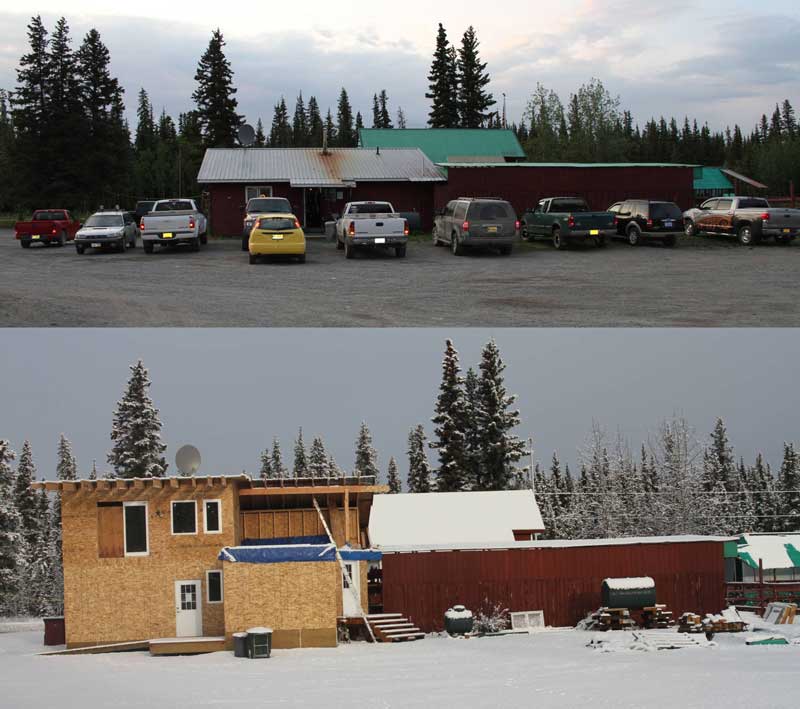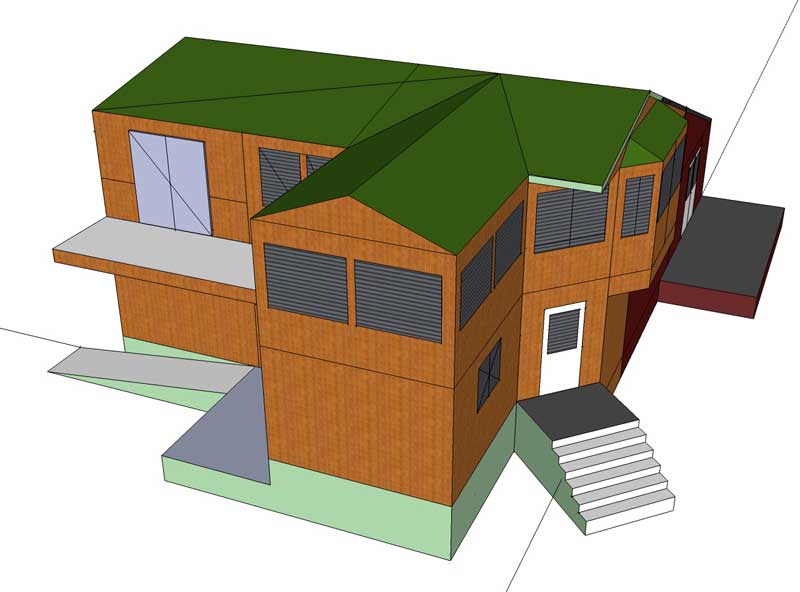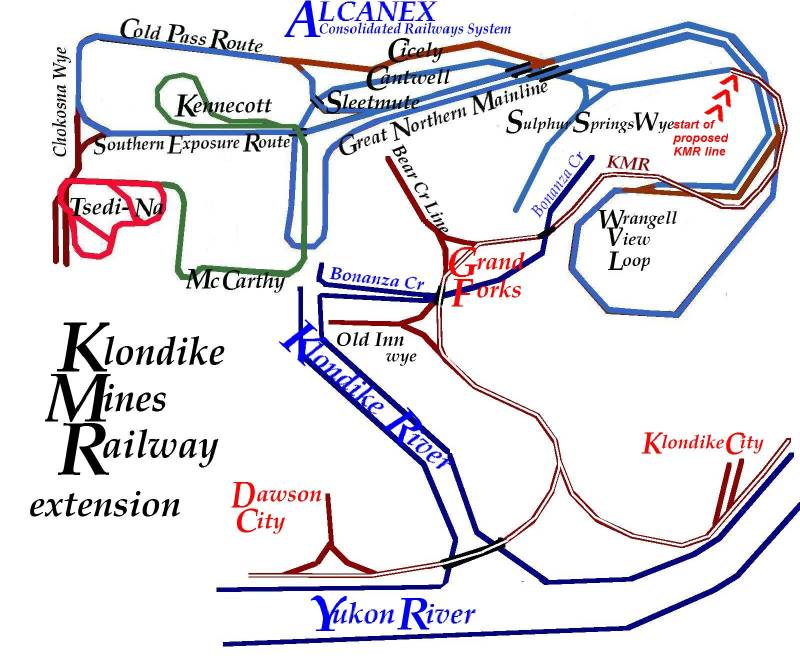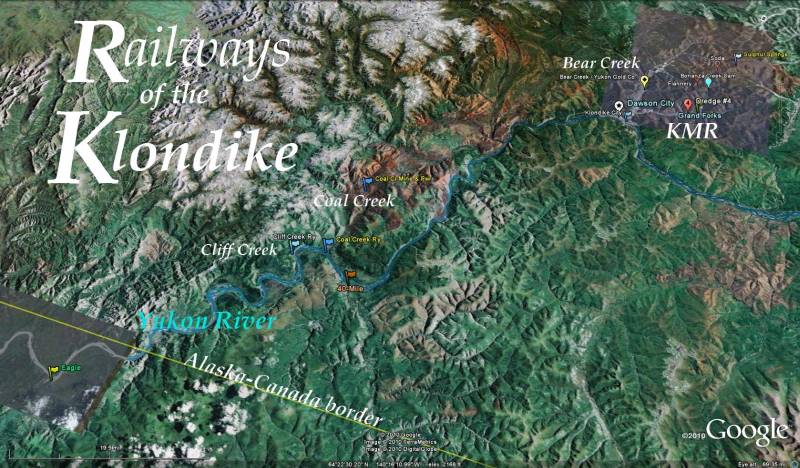| Contained herein is the complete "Historic Native adventure novel with a twist of the supernatural," now online. Below are the listings as links to all sixty chapters. You may click either the chapter name or the associated image to the right. Please note that I hold a 2001 copyright to the book, ISBN 1-888125-86-1. I purchased the rights to use the images which appear in the book. However, those rights are not transferable and the images are mostly copyrighted with the rights to their use held elsewhere. | 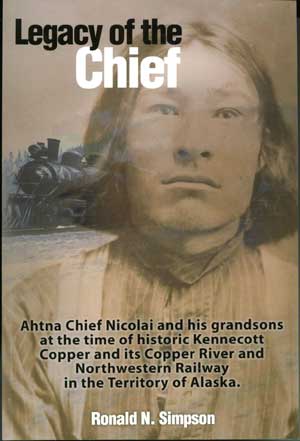 | |
-- © Ronald N Simpson, 2001, author, Legacy of the Chief | ||
Ron Simpson's intro: Preface 2001 | 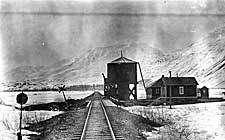 | |
| intro: Rosalene Nicolai: The Story Begins 2003 (newly-added) | 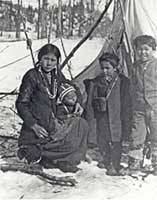 | |
Ch 1: Ron Simpson: Echoes 1848-1982 | 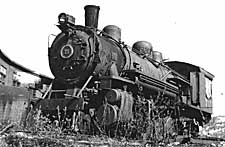 | |
Ch 2: Wesley Dunkle's Wrangell Formation 1956 | 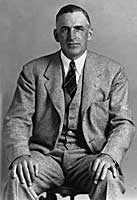 | |
Ch 3: W.A. Richelsen: Closing Day at Bonanza 1938 | 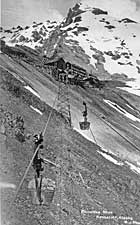 | |
Ch 4: Johnny Gakona: The Russian C'eyigge 1885 | 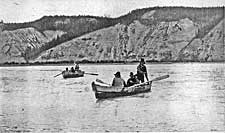 | |
Ch 5: Skolai Nicolai: A Warning from Uk' eledi 1898 | 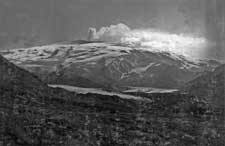 | |
Ch 6: Skolai Nicolai: Nicolai's Anger 1899 | 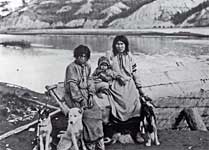 | |
Ch 7: Johnny Gakona: The Deal 1899 | 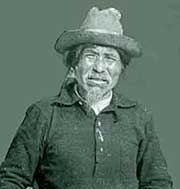 | |
Ch 8: Johnny Gakona: Sezel at Taral 1910 | 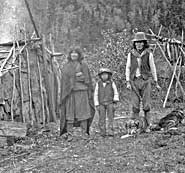 | |
Ch 9: Johnny Gakona / Chief Nicolai: Nicolai's Raven Story of Creation 1910 | 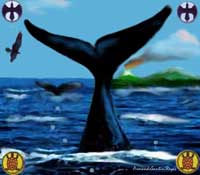 | |
Ch 10: Johnny Gakona: Abercrombie Rapids Landing 1914 | 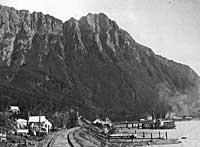 | |
Ch 11: Mary Birch: Mary Storms into Alaska 1916 | 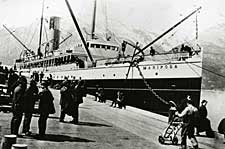 | |
Ch 12: Mary Birch: Mary and Stephen Birch Arrive at Childs Glacier 1916 | 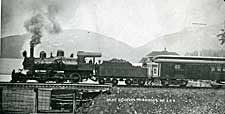 | |
Ch 13: Johnny Gakona: Ketcheteneh Birch and Johnny Gakona 1916 | 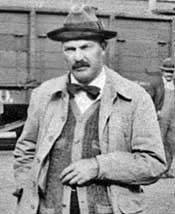 | |
Ch 14: Johnny Gakona: Johnny Gakona Signs On 1916 | 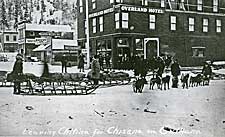 | |
Ch 15: Johnny Gakona: Chitina Trestle Crossing 1918 | 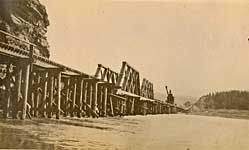 | |
Ch 16: John DeHaviland: DeHaviland Arrives in Chitina 1923 | 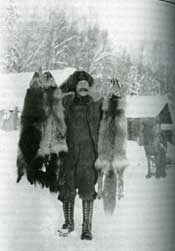 | |
Ch 17: Johnny Gakona: Interview at Chitina 1923 | 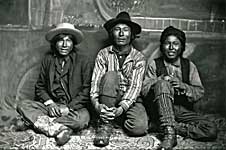 | |
Ch 18: Stephen Birch: Birch Private Train #73 1924 | 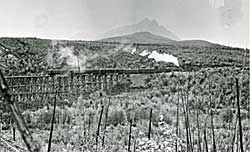 | |
Ch 20: Frank Buckner: Formal Dinner at the Birch House 1924 | ||
Ch 21: Frank Buckner: Lunch at Bonanza 1924 | 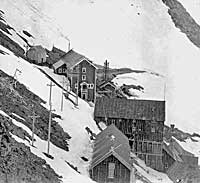 | |
Ch 22: author: Cap Rescues Johnny at McCarthy 1924 | 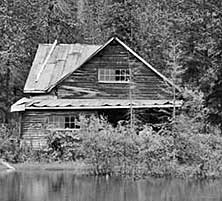 | |
Ch 23: Cap Goodlataw: Cap Tells His Story 1916 | 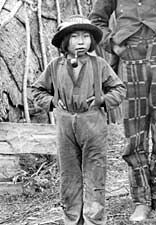 | |
Ch 24: Cap & Johnny: Green Butte Copper 1924 | 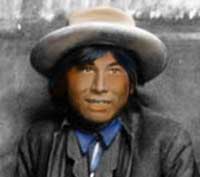 | |
Ch 25: Johnny Gakona: Buckner to Goodlataw 1924 | 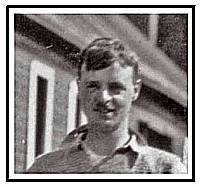 | |
Ch 26: Cap & Johnny: Arrival at Kennecott 1924 | 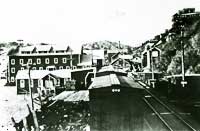 | |
Ch 27: Cap, Johnny & Frank: Boxing Match & Layoff 1924 | 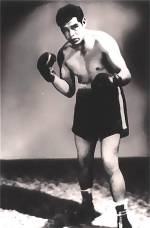 | |
Ch 28: Cap & Johnny: Reassignment to Erie 1924 | 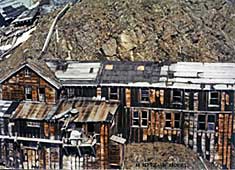 | |
Ch 29: Frank Buckner: Frank Argues the Point 1924 | 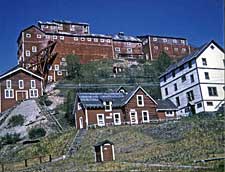 | |
Ch 30: Cap & Johnny: The Erie Job 1924 | 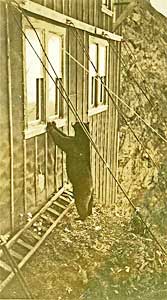 | |
Ch 31: Author: Departing the Camp 1924 | 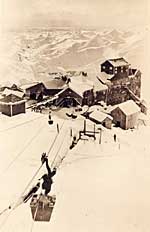 | |
Ch 32: Author: Return to Chitina 1924 | 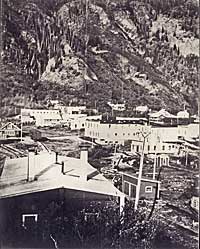 | |
Ch 33: Cap & Johnny: Billiard Hall Conversation 1924 | 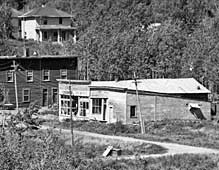 | |
Ch 34: Cap & Johnny: Strelna Work Crew Sets Up 1925 | 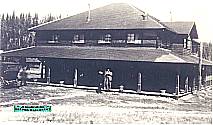 | |
Ch 35: author: Returning Crew Meets Tom 1924 | 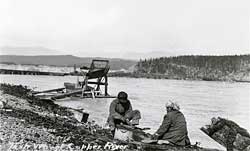 | |
Ch 36: Cap Goodlataw: Cap's Vision of Nicolai 1925 | 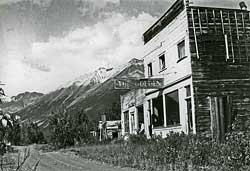 | |
Ch 37: author: Emil's Paint Shop 1925 | 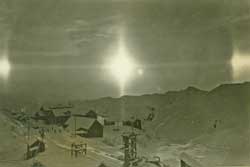 | |
Ch 38: Cap & Johnny: The Great Paint Job Begins 1925 | 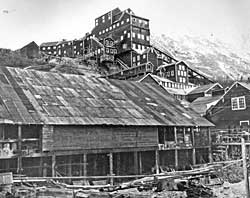 | |
Ch 39: Johnny Gakona: Charlie Arrives 1925 | 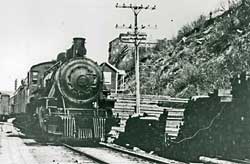 | |
Ch 40: Johnny Gakona: The Sla'cheen and the Warning 1925 | 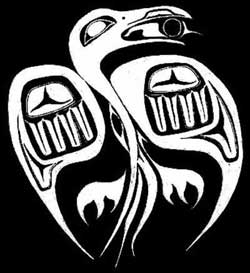 | |
Ch 41: Author: Henry Takes the Plunge 1925 | 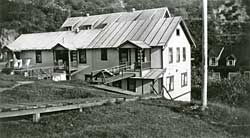 | |
Ch 42: Author: The Indians Paint the Mill Gray 1925 | 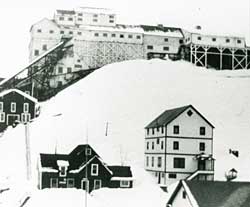 | |
Ch 43: Author: Johnny to Frank 1926 | 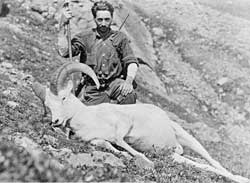 | |
Ch 44: Author: Kennecott Goes into Subtle Decline, late 1920s and early 1930s | 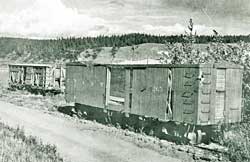 | |
Ch 45: Author: The Marvelous Assignment 1926 | 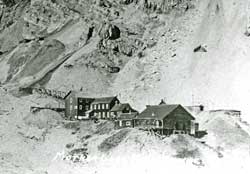 | |
Ch 46: Frank Buckner: Frank's Thanksgiving Letter 1926 | 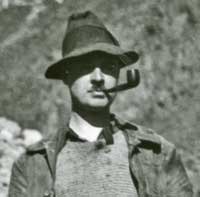 | |
Ch 47: Author: Reopening the Mother Lode 1927 | 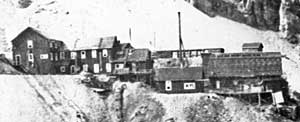 | |
Ch 48: Author: The Saghanni Ggaay at Mother Lode 1927 | 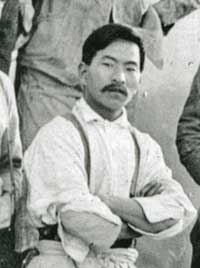 | |
Ch 49: Frank Buckner: Blast and Avalanche at Mother Lode 1927 | 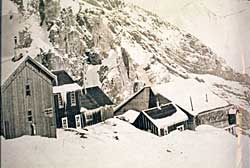 | |
Ch 50: Author: Avalanche Aftermath 1927 | 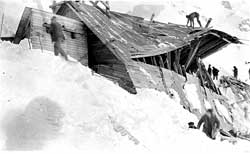 | |
Ch 51: Author: Coded Telegraph Exchange 1927 | 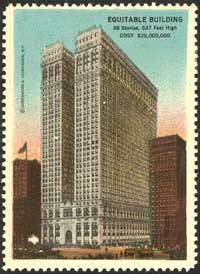 | |
Ch 52: Author: Frank Buckner Special No. 71 1927 | 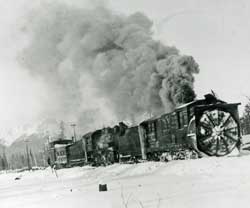 | |
Ch 53: Walter Richelsen: Last Train In 1938 | 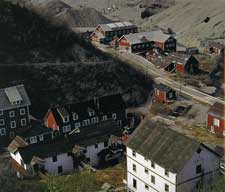 | |
Ch 54: Cap Goodlataw: Cap Takes the Plunge 1932 | 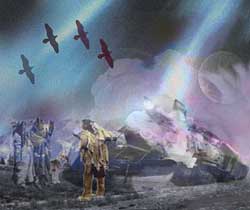 | |
Ch 55: Johnny Gakona: Tom's Indian 1959 | 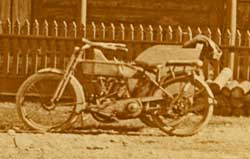 | |
Ch 56: Johnny Gakona: Chittyna Indian Village 1938 | 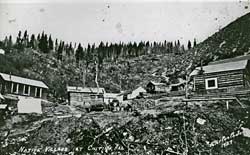 | |
Ch 57: Johnny Gakona: The Last Train Ride 1938 | 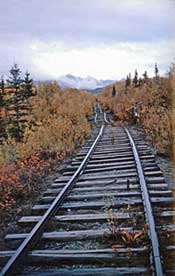 | |
Ch 58: The Ghosts of Kennecott & the author: The Ravens at National Creek 1968 | 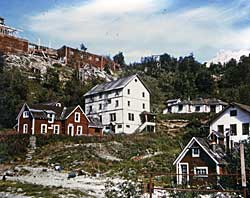 | |
Ch 59: Rosalene Nicolai: Rosalene Comes Home 1982 | 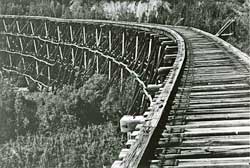 | |
Chapter 60: The Ghosts of Kennecott: Where It All Began: The Bonanza Dies 1968 The concluding chapter to this historic Native-American adventure novel. |  | |
© Ronald N Simpson, 2001, author, Legacy of the Chief | ||
Cast of narrators: shown in the order in which they first appear in this novel: | ||
Ron Simpson: | This is the author. Not much can be said about him, except an interesting and relevant family tree. See it here. | 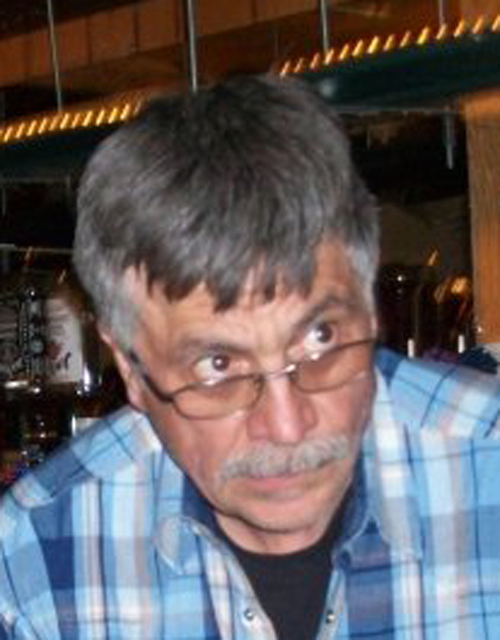 |
Rosalene Nicolai Gadanski: (picture is of Elizabeth Peratrovich--a most-fitting model on which to base Rosalene | Rosalene is the fictional daughter of Johnny Nicolai Gadanski who is himself fictional. She is a composite character based on certain female Native leaders of the 20th Century. I have recently given added importance to her role in this story as the last-remaining modern-day link into the past. | 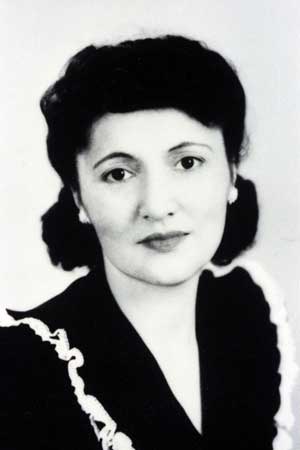 |
Wesley Dunkle: | He became famous geologist, largely due to his work as one of the original Kennecott consultants, but also in his subsequent work to develop gold mines in the Talkeetna Range. He lived most of his life developing Alaskan resources at a time when Alaska was still mostly wilderness. | 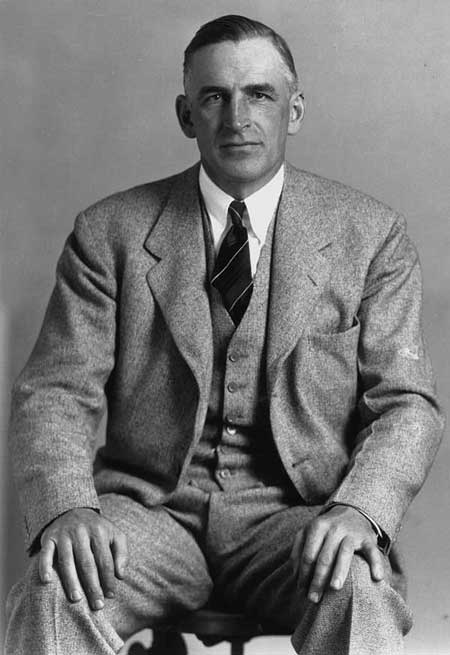 |
W.A. Richelsen: | Walter Richelsen was the chief engineer and also the last superintendent at Kennecott. WA. appears at the beginning and also near the end of this story. Walter passed away in 1962. Well into the 1950s he still worked for Kennecott as its Alaska representative based in Seattle. | 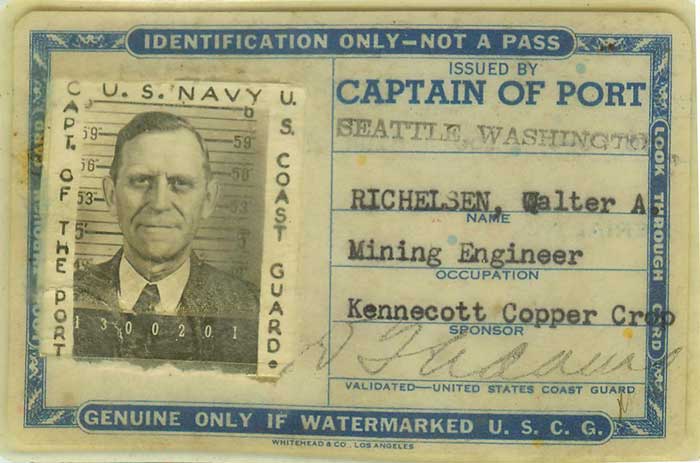 |
Johnny Gakona: (picture is of Johnny Galauska, on whom Johnny Gakona Gadanski is based) | Johnny is a composite (fictional) character half-breed, grandson of Nicolai and a cousin to Cap created by the author to assist in the telling of this story. It turns out he may have had a real historic counterpart as a sla'cheen to Cap Goodlataw, who was a historic character. See the picture at the bottom of this page. | 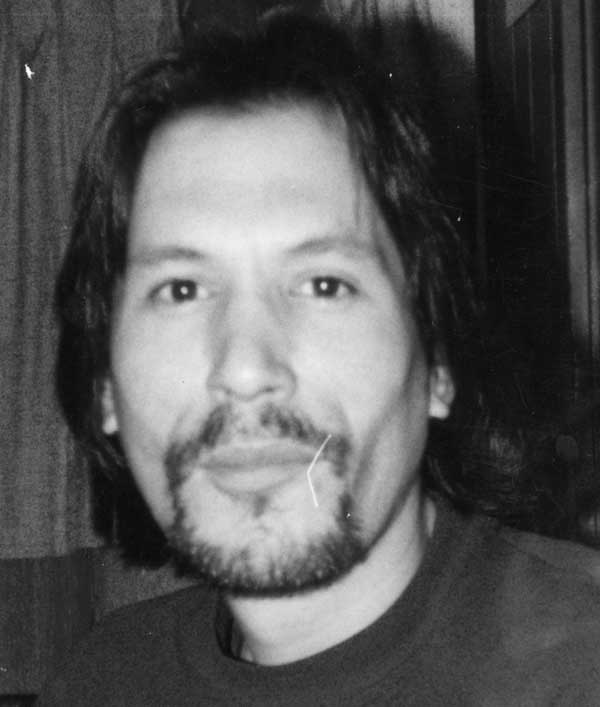 |
Skolai Nicolai | Chief Nicolai, the Tyone of Taral : Nicolai was the Ahtna chief who made the deal with Lt. Henry Allen and later with the prospectors and possibly even Stephen Birch himself. This book revolves around the spirit of Nicolai although he rarely appears personally in this long narrative. | 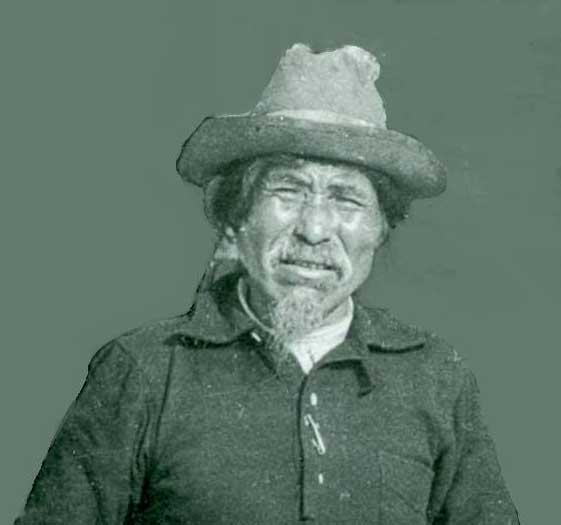 |
Mary Birch: (picture is generic of a high-society lady. no image is available of the real Mary Birch) | She was the wife of Stephen. Her loudly-proclaimed negative attitudes toward Alaska may have changed the course of history. It definitely served to change Stephen Birch's attitude toward the original Kennecott investment. She is one of those characters that people love to hate ! |  |
John DeHaviland: (picture is generic. JD is wholly fictional) | John is a fictional character working for a fictional San Francisco newspaper who appears as a visiting reporter in Chitina, 1923. He decides to interview Johnny Gakona upon a chance encounter at Chitina and in the process provides some unique insights. |  |
Stephen Birch: | "The Great Man," the man primarily responsible for the development of the Kennecott mine systems in Alaska and the formation of the Kennecott Copper Corporation who lead that entity as president and chairman of the board to see KCC become the major copper producer in the entire world for several decades. | 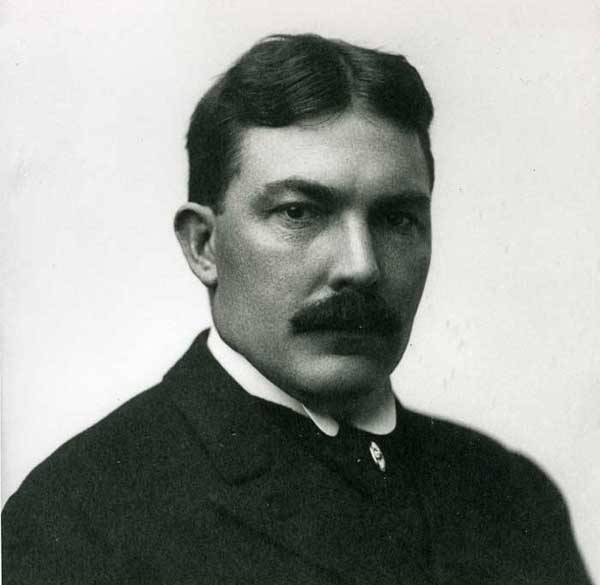 |
Frank Buckner: (picture is of Frank Buckie on whom fictional character Frank Buckner is based) | Frank was the junior engineer in Kennecott (under a slightly different name in real life) who plays a central role in the drama which is about to unfold. |  |
Cap Goodlataw: | Cap is the true Native hero in this story. He becomes the spirit of Nicolai, taking over where Nicolai left off, trying his best to stem the tide as a world he does not understand overtakes the Native ways of his deceased grandfather Nicolai. He chooses not to accept this change in the way it unfolds even as he attempts to survive within it. | 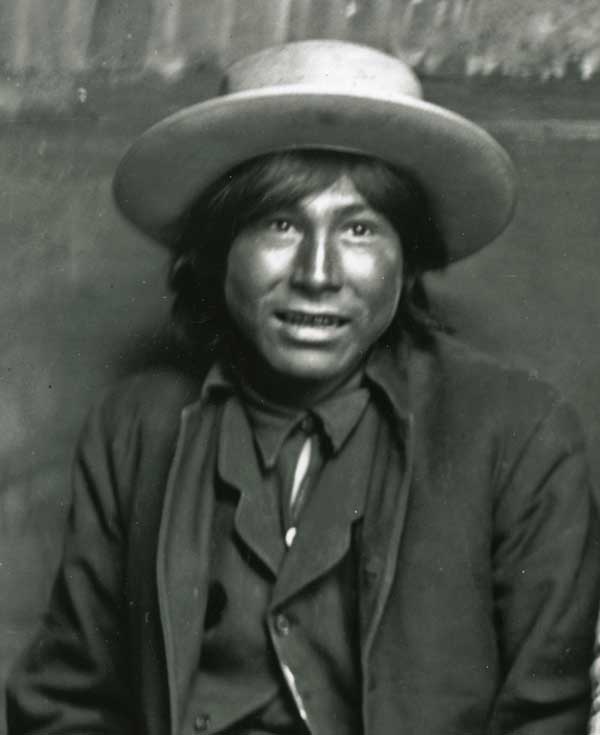 |
The Ghosts of Kennecott and of the CRNW Railway : | The original term "The Ghosts of Kennecott" is the name of a book written by the late Elizabeth Tower. These are the spirits who continue to haunt what once was a magnificent railroad that ran deep into the interior of Alaska and the Ahtna Indian territory. | 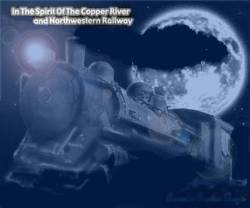 |
Kennecott Copper Company's | ||
Braden El Teniente Copper Mine at Sewell, Chile in the 1930s: | ||
Interview with the manager of KCC's largest underground copper mine in the world--Bob Haldeman, who was KCC's representative in Chile during the 1950s, 60s and 70s. This is an excellent window into how Kennecott operated from their inception in 1915 into the 1970s. Link is here or with the pix to the right ---->>> |  | |
| Link to the Copper Rail Depot large-scale model railroad, Copper Center, AK: |
 |
Ronald N. Simpson / Copper Center, Alaska |
